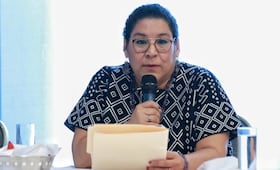
Some time in history, the drugs that are now illegal were legalized in Mexico . As a matter of fact, the government opened clinics where doctors gave controlled doses to people with addictions.
It was 1940 , the last year of the Lázaro Cárdenas administration, and World War II was taking place in Europe. Chronicles and stories register how people back then understood drug consumption . Researcher Eugenio Gómez Maillefert described how a group of “elegant young men” rent a room on the third floor of an ancient convent to which they only went by night to some marijuana .

When there was a rookie, they lit up salt with alcohol in a pot to produce a greenish light and make him hallucinate . They read poetry and they all asserted that they enjoyed literature more with marijuana .
“It is said that someone ‘gives three’ when they smoke marijuana because almost all smokers smoke three times in a row from their cigar,” wrote Gómez Maillefert and added that regardless of the number of smokers, they all shared the same blunt , passing it hand by hand among the circle.
Recommended: Mexico's Senate approves marijuana regulation
A story of the 1930s called “ Doña Juanita ” tells how the protagonist organizes a reunion with a group of friends, each with their own personality, representing a different substance .
“Doña Juanita ( marijuana ), dark-skinned and robust but of a certain age, fixed in front of the mirror her decayed beauty. By the door come Heroin , an artificial blonde with curled eyelashes; her friend Morphine , a bit older but not less attractive, both of them covered in jewels. Cocaine , her skin unbelievably pale and with dark circles that seem a hell’s halo; Opium , a mature man, serious and elegant with worldly poise movements, and at last, Alcohol , clumsy, rude, and rubicund,” says the story.
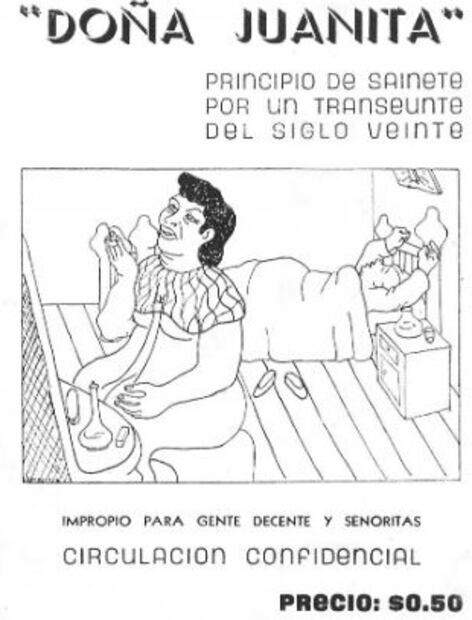
But not everything was stories and songs. It was usual to read news about addicts who used to be called “ degenerates .”
The biggest concern for society and the government of the time was the fast growth of trafficking groups . “ El Venado ” and “ Lola la Chata ” were two of them, whose names appear frequently in news from the 1930s and 1940s.
Recommended: The 6 Mexican drug cartels behind the opioid crisis in the U.S.
Newspapers reported that despite being arrested “uncountable times,” they kept distributing and selling narcotics by bribing the authorities.
To stop this situation, in 1931, the government issued the Federal Ruling on Addictions that ordered the punishment of consumers and drug traffickers. The measure did not work as planned and the number of addicts kept rising.

It was by the late 1930s that a Mexican psychiatrist proposed a revolutionary idea. It was Leopoldo Salazar Viniegra and for him, addictions had to be treated as diseases .
Salazar Viniegra was born in Durango in 1897 and moved to the capital to study medicine in what is today the National Autonomous University of Mexico.
He specialized in psychiatry in Paris and when he came back to Mexico in 1925, he joined Mexico City’s General Asylum known as La Castañeda , where he worked for 20 years.
Recommended: Mexico could have state-owned cannabis company
Salazar became friends with the patients and it is said that he even ate and talked with them, which caused some of his conservative colleagues to label him as extravagant and frivolous .
Among the patients of La Castañeda , he performed the first studies on marijuana with scientific rigor, concluding that its consumption is not related to “ madness ” or criminality and that its effects are not worse than those of tobacco . Nowadays, it is known that tobacco is actually more addictive than marijuana for 32% of those who consume it develop an addiction in contrast to the 9% that become addict to cannabis.
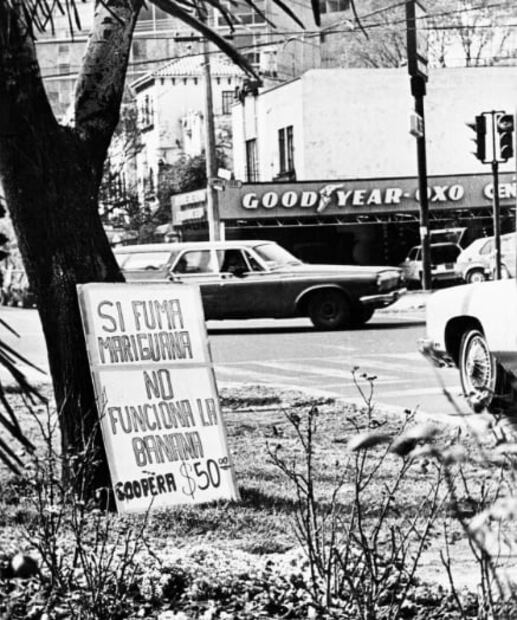
Salazar’s report called “ The Myth of Marijuana ” was published in the Criminalia magazine of December 1938 . The doctor sustained that in his 20 years at La Castañeda, he never had a case of mental disorders caused by smoking this plant.
Salazar questioned those who had performed previous studies on marijuana consumers asserting that they caused them episodes of violent behavior . Salazar reproduced these studies in Mexico with the consent of some of his patients in the addiction area of La Castañeda.
Recommended: Court approves the right to medical marijuana in Mexico City
Hence, frequent consumers, subjects who smoke for the first time, people with psychopathic disorders, and other patients smoked marijuana in a controlled experiment and none , reported Salazar, present violent behaviors .
The psychiatrist proposed that addicts were rehabilitated with small drug doses and was convinced that that would stop traffickers like “Lola la Chata,” to whom he wrote an open letter published by EL UNIVERSAL.
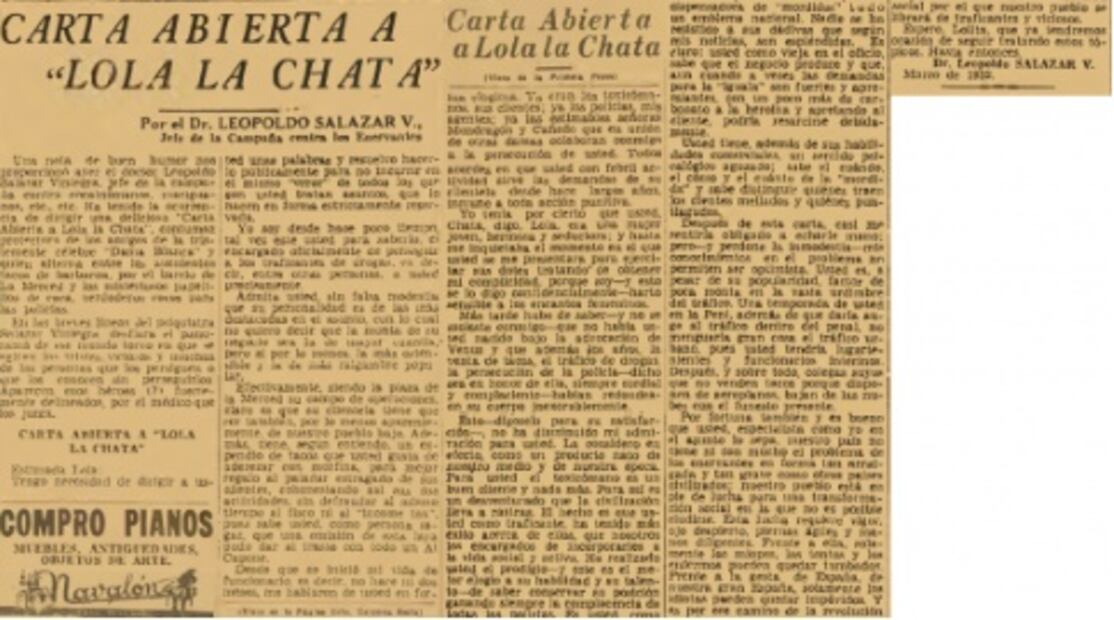
“I consider her a product of our environment and our time . For you, an addict is no more than another client. For me, they are people who lost their way and are dragged by civilization. The fact that you as a trafficker have been more successful with them, than us who are in charge of incorporating them to the social and active life.”
His work laid the foundation for president Lázaro Cárdenas to issue, two years later, a Federal Ruling to Fight Drug Addiction and Trafficking that was published on the Federal Official Gazette on February 17, 1940.
Recommended: Marijuana museum in Mexico seeks to vindicate cannabis
With this measure, consumers of addictive substances were no longer criminalized and, instead, they were offered medical and psychological care .
The new ruling contained 11 articles detailing with precision how to proceed in these cases: only surgeons with a registered degree at the Health Department were authorized to prescribe narcotics to addicts.

The reactions were clear: “ Addicts are not criminals . Attract them, instead of chasing them, registering, and giving them medical and psychological treatment will be the fundamental way to fight addiction. Likewise, the best way to stop traffickers , beyond chasing and punishing them, will be by giving them competition on their products, [so as] not to allow them to make any profit .”

The rehabilitation program considered a special budget to supply and maintain the hospitals that offered this service. In addition, it was defined that beneficiaries (that is, consumers) had to register their information in special questionnaires where the doctor specified the dose that could be supplied and for what number of days.
According to newspapers of the time, it was usual for approximately 200 people to attend each day to receive their prescribed dose of a substance as part of their rehab treatment . But it did not last long, because that same year, the decree was overturned :
Recommended: Is the decriminalization of drugs possible in Mexico?
“Due to lack of resources from the State, it has not been possible [to implement] adequate healing procedures will all addicts for it has not been feasible to establish the sufficient number of hospitals they need for their treatment” reads the Federal Official Gazette on July 3, 1940 .
They were the first years of WWII and the government rendered itself unable to purchase drugs for they were brought from Europe where the war continued.
“While the war continues, the Department is unable to purchase drugs .” So the brief period in which these substances were legal in Mexico ended.

Currently, over 250 million people around the world are in danger of consuming drugs with frequency. According to the Global Commission on Drug Policy , there are two circles regarding the prohibition of narcotics.
In the virtuous circles (when they are legalized) impunity culture diminishes, institutions are strengthened, society and economy flourish, and violence and corruption decrease.
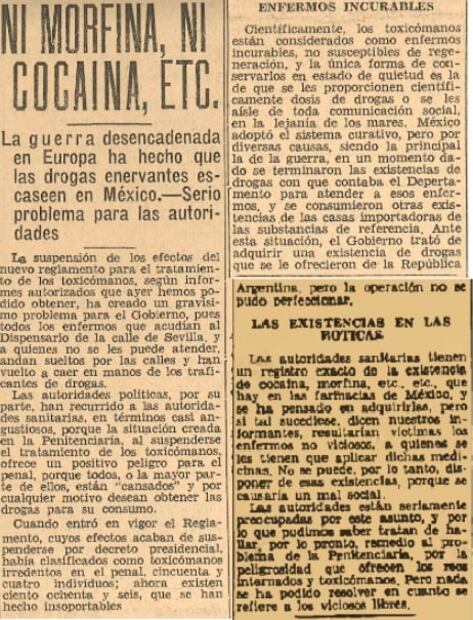
Whereas the vicious circles of illegal drugs causes corruption and violence, affects society and the economy, increases organized crime, and infringes upon weak communities and institutions, as asserted by the organization.
In Mexico, the General Health Law published in the Federal Official Gazette in 1984 says that consumers are allowed to carry with them 2 grams of opium , 50 milligrams of heroin , 5 grams of marijuana , and 40 milligrams of meth for personal consumption. If they exceed those amounts, they are accused of drug dealing and drug trafficking .
This year, the debate was resumed for marijuana for, since 2015 , five people have amparos to consume it for recreational purposes .
In 2017 , the Social Studies and Public Opinion Center performed a survey to know the opinion on Mexicans on the legalization of marijuana. 47% of the surveyed approve the legalization but 70% believe that Mexico is not ready to regulate it. The debate is still open.
Recommended: Mexico, towards a green horizon?
mp



